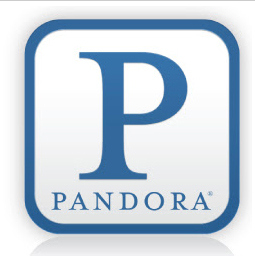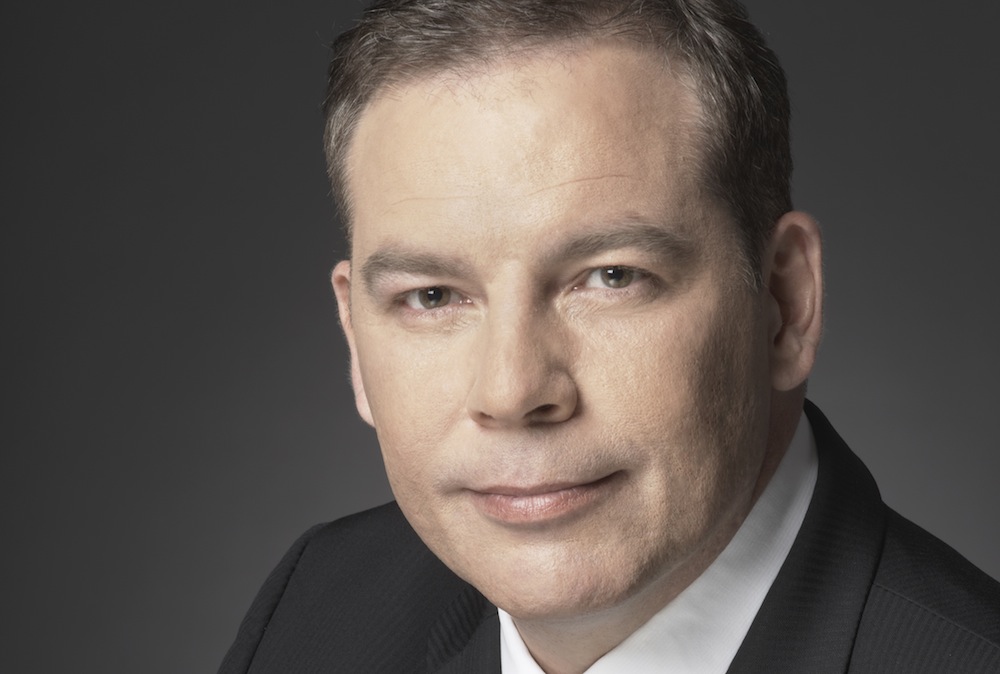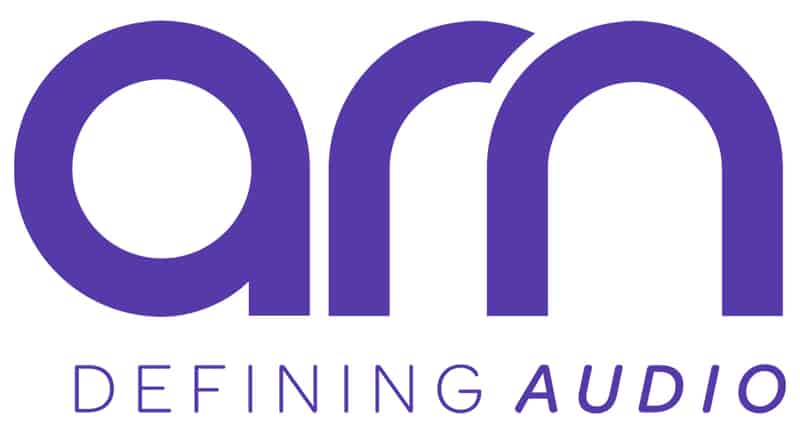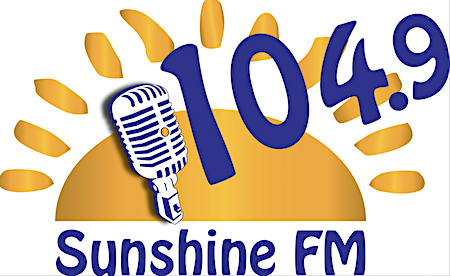Opening up Pandora Radio : part 2

Imagine a future where your radio network:
- Is mostly listened to on mobile devices – and grows rapidly through fans’ word-of-mouth
- Has been activated on one in three smartphones across the country in the last 30 days
- Has doubled its audience in under 2 years to reach almost 2/3rds of the nation’s population
- And at the heart of your network’s success beats one of the most advanced music research systems on the planet – which becomes more advanced the more people use it
The surprising news for some is that that network is already here, and that is what it can claim to have already achieved in the USA. But the good news is that it’s not a substitute for existing radio networks (unless all yours does is play music); that it supports the music industry in promoting the discovery of new music; and that, with some visionary thinking, it may be an ally in growing radio’s relevance into the future.
Read part 1 here. Today, in part 2, Jane Huxley, the Managing Director of Pandora Media, Australia & New Zealand, discusses:
- How Pandora Radio supports the music industry through promoting the discovery of new music
- How the heart beat of Pandora Radio, the Music Genome Project, works
- And Pandora Radio’s low commercial inventory model
.jpg) Scott: At this stage is there a way of comparing Pandora Radio’s advertising revenue in the U.S with traditional radio revenue?
Scott: At this stage is there a way of comparing Pandora Radio’s advertising revenue in the U.S with traditional radio revenue?
Jane: It’s not really a fair comparison because we’re kind of a hybrid between a display advertising solution and an audio advertising solution.
There are 3 sources of ad revenue that we drive in the business – display ads for mobile, tablet and PC, video style ads mainly for PC, and audio ads. The interesting thing here is the crossover between audio and display and also the fact that we can target ads.
Because everyone who comes to Pandora registers, we know who you are, how old you are, what gender, what you like and your postcode. So we are able to target ads according to the segmentation that some of our advertisers are looking for. That goes for audio ads as well as display ads. So you might be listening to your music and you may hear an audio ad and think ‘oh, that’s an interesting ad, I want to make sure I remember to come back and do something about that sale or product’ – that can also be accompanied by a display ad so you can click to call, click to buy, click to bookmark, click the coupon, click for store location etc. There’s a really nice combination of digital and traditional audio through targeting but also through being able to act as well as hear.
Scott: To put it in traditional radio terms, what’s the commercial inventory on Pandora Radio?
Jane: Again, we haven’t implemented the ad model here so I can really only reference what’s going on in the U.S but it will be similar. In terms of audio ads in particular, the average ad load right now is about 1 minute of ads for every 1 hour of music. It’s quite a minimal intrusion on your listening experience. Generally the ads are 30s or 15s. If it’s 4×15 sec ads it maybe spaced out to have a 15 sec ad every 15 minutes. It really depends on how the advertiser wants to run the campaign.
With display ads we serve ads to display devices when there is an interaction with a product. There’s no point serving an ad into someone’s pocket! When there’s an interaction, for example, a skip, a “thumbs up”, a “thumbs down”, a station change – we serve at that point and that increases the chances of somebody seeing and interacting with the ad.
Scott: Going on the U.S model, do people find the ads intrusive?
 Jane: From what I understand in talking to my colleagues in the U.S, the ad load is quite minimal in terms of its intrusion in music. But what it comes back to is – if you’ve got a good product and people love it and it does what it says it’s going to do, they’re more inclined to feel less upset by ads. It’s a fine balance that you strike. It’s something that is constantly being monitored. Tim Westergren (left), our founder, personally takes a very strong interest in making sure that the Pandora experience is always a good one for the listener. I’m sure that there’s feedback from time to time on the ads but on the whole I haven’t seen anything that indicates any level of angst.
Jane: From what I understand in talking to my colleagues in the U.S, the ad load is quite minimal in terms of its intrusion in music. But what it comes back to is – if you’ve got a good product and people love it and it does what it says it’s going to do, they’re more inclined to feel less upset by ads. It’s a fine balance that you strike. It’s something that is constantly being monitored. Tim Westergren (left), our founder, personally takes a very strong interest in making sure that the Pandora experience is always a good one for the listener. I’m sure that there’s feedback from time to time on the ads but on the whole I haven’t seen anything that indicates any level of angst.
Scott: Moving onto music research and the Music Genome Project, people have a tendency to like what they are familiar with. And, as a general rule of thumb, it takes a few listens, sometimes many more, before people will give a new song the figurative ‘thumbs up’. So, how are people embracing new music on Pandora Radio?
Jane: The element of discovery is a really critical part of Pandora. Of the catalogue of music (available on Pandora Radio), around 70% is independent musicians. 95% of the catalogue gets spun at least once a month. So the element of discovery is very much part of the experience of using Pandora.
The Music Genome Project, which was the genesis of the original heart of Pandora, was started around 12 years by our founder. In that project what they came to understand is that every piece of music, regardless of its genre, consists of 450 unique attributes. Every song that goes into the music genome is curated by a music analyst. It’s listened to by a trained musician, the attributes are tagged to that and then it goes into the genome itself, at which point it can get served to the audiences.
The way it works is you tell us the first thing that you love. For example, you really like ‘I can’t get no satisfaction’ by The Rolling Stones so you put that in as your first seed on your Rolling Stones station. The genome picks up on 450 attributes that are in this song.
The genome will tell you which attributes it’s tagged and it will tell you why. So if you’re really into your music there’s an enormous amount of information that you can look at. If you like that song you’ll thumb it up, it then says ‘right, if you like that one, you’re probably going to like this one’. We’ll then serve another song to you with similar attributes. It then starts to use your thumbs feedback to refine that station.
The Rolling Stones is a good example because their music at the beginning of their career was very different to their (later) music. So just because I say I like The Rolling Stones doesn’t mean I like all of their music. (Pandora) will start to play me songs, and through the thumbs it will say ‘oh you’re talking about their older music’ – so it will continually refine down to what I like. And you can have up to 100 personalised stations.
Discovery, and discovering new music, is a really critical piece of what we do. Whether they be new bands and/or music from the past.
Scott: In music research terms there are the musical elements of a given song (e.g., tempo, key, chord progression, melody, and too many others to list) – but then there’s also research that’s based around your memory of it – emotions, nostalgia, how big a hit it was during your ‘formative years’, how well known a song is to you, etc…
Jane: Yes, so there are the attributes – the music genome itself – and then on top of that there’s the “wisdom of the crowds”. And that comes through the thumbs. We now have 25 billion pieces of feedback alongside the genome which helps us to understand those human (emotive / gut-feel) elements. There’s one thing to look at the musicology of the song (the science and maths) but there’s another thing that asks how the human ear interprets that. We use both as critical parts of the algorithm to ensure that what we serve you is actually going to be music that you love.
This has been going for 12 years, it’s like a master stock – every day we top it up, we add ingredients, we stir it, we treat it with a lot of love and that means every day the product gets better.
The genome itself is a democracy of music. If you like something and a song is musically adjacent to that, we’ll play it. It doesn’t matter who they are, who they’re signed to, how much money has been invested in them, if they’ve got a song that we think you’re going to love based on what you’ve told us, we will play it for you. Then you’ll tell us whether or not you like it, did we get it right, did we not.
Scott: You also offer comedy in addition to music. Beyond that is there a view to include other personality elements, or other forms of entertainment, that is similar to radio?
Jane: I get asked this a lot. We are really focused on what we do well, which is music. We do a bit of comedy but it’s not a big piece of our business. When I talk to the CEO and the founder about this they say ‘never say never’. But right now, one of the things we do have is a laser-like focus on our business, which is the business of music.
Scott: Jane, in finishing up, what are the key points you’re most often asked, or would like to get across?
Jane: It’s an interesting discussion to have with Radio Today. I (generally) talk to people who are interested in Pandora the product – not necessarily the industry. And when I talk to those people there are probably a few points that I want to get across:
1. We’re not the jewelry company. There’s still work to be done on our brand (laughs)
2. The difference between passive and active listening is very important – because the comparison is usually to on demand services – and I say we’re more like radio because we’re present in a passive listening experience.
3. People have a lot of questions about bandwidth and how much it all costs. On average, a Pandora listener listens for around 20 hours per month. The 20 hours is split between wi-fi and 3G/4G. On 3G/4G it works out to be roughly 10% of a 1G plan per month.
Scott: Jane, thanks for taking us on a tour of Pandora Radio – and we’re looking forward to the discussion that will no doubt come through in the comments
| Visit them at Pandora.com | ||
| Scott Muller is Director of mbos consulting group, a creative strategy & élite talent consulting firm. He can be contacted in confidence here. |




